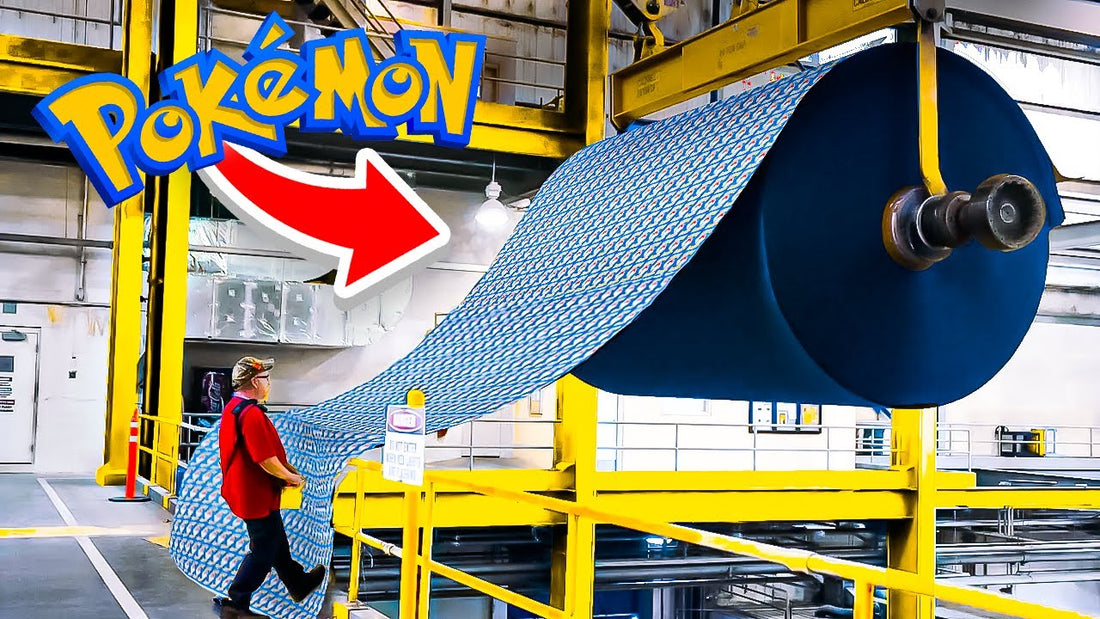
How Pokémon Cards Are Made – Behind the Scenes
Share
Creating Pokémon cards is a meticulous process that combines artistry, game design, and advanced manufacturing techniques. Here's an in-depth look at how these iconic cards come to life, accompanied by illustrative images to enhance your understanding.
🎨 1. Conceptualization and Design
The journey of a Pokémon card begins with the game designers at Creatures Inc., who determine the mechanics, abilities, and stats for each card. They consider factors like game balance, thematic consistency, and the introduction of new gameplay elements.
Once the mechanics are set, illustrators are commissioned to bring the Pokémon to life visually. Artists like Mitsuhiro Arita, renowned for his work on the original holographic Charizard, craft detailed illustrations that capture the essence of each Pokémon. These artworks are then integrated into the card layout, which includes elements like attack descriptions, energy costs, and other pertinent information.
🧪 2. Playtesting and Refinement
Before mass production, each card undergoes rigorous playtesting. A dedicated team of playtesters engages in countless matches to assess the card's performance, ensuring it doesn't disrupt game balance. Feedback from these sessions may lead to adjustments in stats or abilities.
Additionally, test prints are produced to evaluate the card's visual appeal and to experiment with new design elements or holographic effects. These prototypes are crucial for identifying potential issues before full-scale printing.
🖨️ 3. Printing Process
Once finalized, the cards are ready for printing. High-capacity printing presses, some extending up to 120 feet and valued at $8.5 million, are employed to produce the cards. Each press can generate approximately 26.62 million cards daily, printing them on large sheets that typically contain 121 cards arranged in an 11x11 grid.
For holographic cards, a separate process involves laminating a holofoil layer onto the card stock. Approximately 15,000 sheets of holofoil cards are produced daily, ensuring the shiny finish that collectors cherish.

✂️ 4. Cutting and Quality Control
Post-printing, the large sheets are precisely cut into individual cards. Specialized machines trim the cards and round their corners to achieve the standard Pokémon card dimensions. Throughout this process, quality control checks are conducted to ensure consistency in border thickness, color accuracy, and overall print quality.

📦 5. Packaging and Distribution
After cutting, the cards are sorted and packaged into booster packs. These packs are then boxed and prepared for distribution. Warehouses store millions of these packs, ready to be shipped to retailers worldwide, including online stores like ours.
💖 Our Admiration for the Craftsmanship
As an online store specializing in Pokémon cards, we deeply appreciate the intricate process behind each card's creation. Understanding the dedication and precision involved—from initial design to final packaging—enhances our respect for these collectibles. We are committed to delivering these meticulously crafted cards to enthusiasts and collectors, ensuring they experience the magic and quality that define the Pokémon Trading Card Game.
Note: All images used in this blog post are for illustrative purposes and sourced from publicly available materials.
